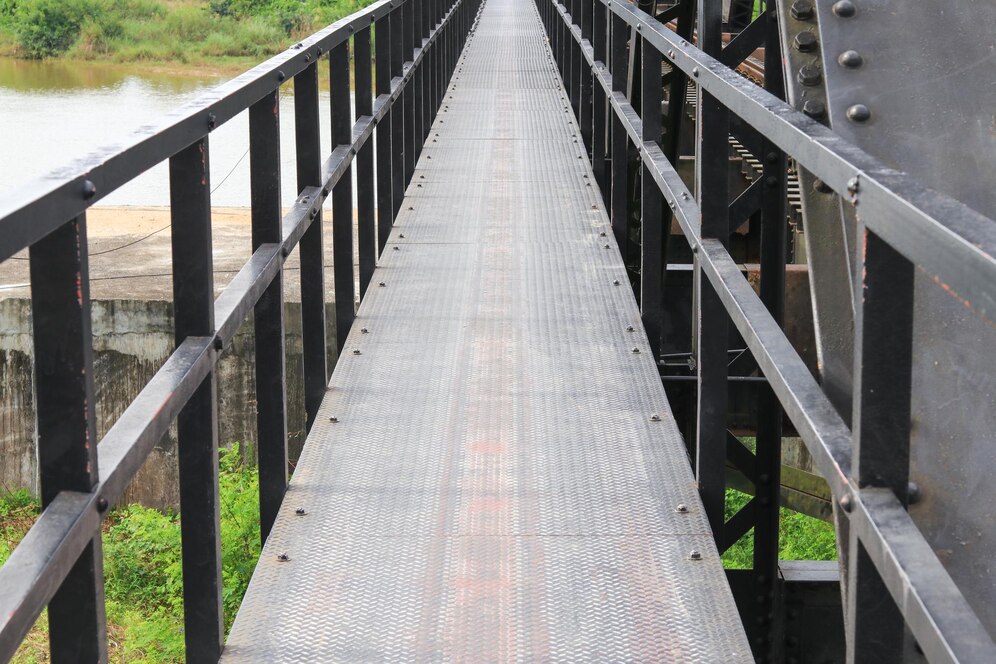Infrastructure projects demand solutions that ensure safety, durability and functionality – qualities that steel walkways inherently provide. From pedestrian bridges to elevated catwalks, steel walkways offer robust access solutions in complex environments, where load-bearing capacity and clearance are critical considerations. Choosing Buildmatt, as a reliable steel walkway manufacturers and suppliers may prove essential to achieving design and operational objectives.
This article explores how steel walkways, address load and clearance challenges within infrastructure projects. By understanding engineering principles, safety requirements and ergonomic factors, stakeholders can optimize walkway design and installation, ensuring long-term reliability and compliance.
The Role of Steel Walkways in Infrastructure Projects
Steel walkways serve as vital access pathways across a wide range of infrastructure settings, including industrial plants, transportation hubs and commercial complexes. Their versatility allows for installation as overhead walkways, narrow catwalks, mezzanine platforms and pedestrian bridges. These structures enable safe personnel movement above machinery, process lines or between buildings without interrupting operations.
In infrastructure projects, steel walkways provide essential connectivity, improving workflow and operational efficiency. The inherent strength of steel allows these walkways to handle significant live loads, dynamic stresses and point loads from equipment or foot traffic. Their modular nature also facilitates easier maintenance and future expansion.
Understanding Load Challenges in Steel Walkway Design
Load management represents one of the foremost challenges when designing steel walkways for infrastructure applications. Walkways must support not only the static weight of the structure but also dynamic loads such as moving personnel, equipment and sometimes pallet storage.
Steel walkway manufacturers utilize structural calculations and load tables to validate that walkways meet or exceed required load capacities. These include accounting for:
- Live Load: The weight of people and movable equipment.
- Point Loads: Concentrated weights, such as pallets or tools.
- Dynamic Loads: Vibrations and impacts caused by movement or machinery.
Proper engineering ensures deflection limits are respected, minimizing risk of structural failure or excessive sway that can affect user safety. Optional reinforcements may be added in areas subject to heavier loads or vibration-prone environments.









